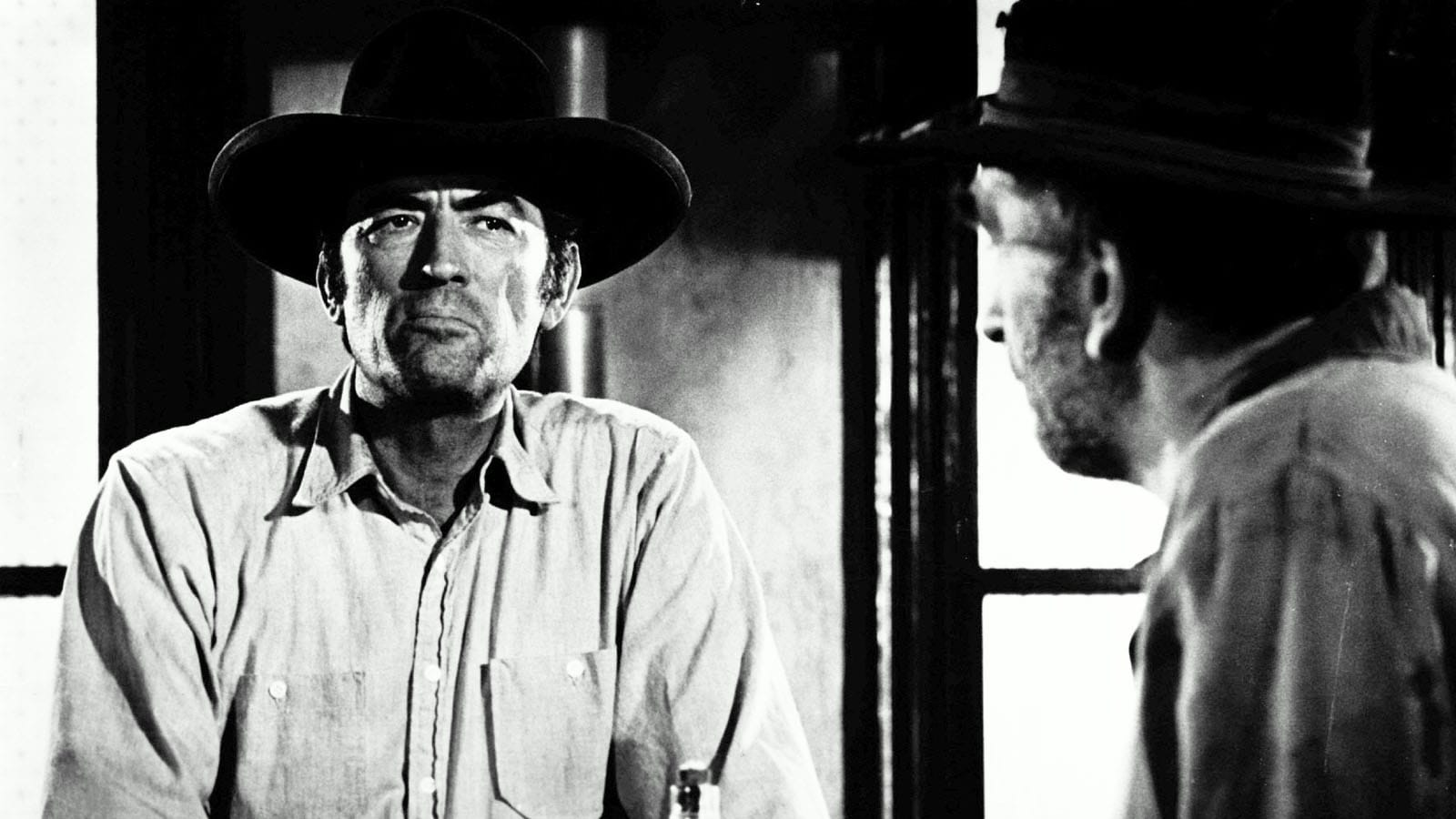The Repertory Boom

Quentin Tarantino just got hitched, and he’s currently in postproduction on Once Upon a Time in Hollywood, the story of the partnership between a faded television actor and his stunt double, set against the backdrop of the 1969 Manson Family murders (and starring Leonardo DiCaprio, Brad Pitt, Margot Robbie, Al Pacino, Tim Roth, Kurt Russell, Dakota Fanning, and so on and so forth). He’s nevertheless made time to write about what he calls a “pretty mediocre” movie, Henry Hathaway’s Shoot Out (1971). The occasion is a double bill with Hathaway’s The Last Safari (1967) screening next Wednesday and Thursday at the theater he bought back in 2007, the New Beverly, a stalwart of the repertory scene currently thriving throughout the States and beyond.
The New Beverly, which had been run in Los Angeles for nearly thirty years by Sherman Torgan, who’d turned the former candy factory, beer parlor, and nightclub into a haven for cinephiles, was closed for renovations throughout most of this year but reopened this past weekend. “As long as I’m alive, and as long as I’m rich, the New Beverly will be there, showing double features in 35 mm,” Tarantino has said. And the staff’s enthusiasm is beamed well beyond Los Angeles, as those trademark double bills are accompanied by a new podcast and an ongoing blog, where we can read, for example, Kim Morgan on George Roy Hill’s Butch Cassidy and the Sundance Kid (1969) and Marc Edward Heuck on Richard Linklater’s Dazed and Confused (1993).
Last year, Bilge Ebiri was celebrating the “burgeoning revival in the New York moviegoing scene” in a piece for the Village Voice on the reopening of the newly renovated Quad Cinema by Charles S. Cohen (who, by the way, has just acquired the largest specialized theater chain in the U.S., Landmark Theatres). Relatively new venues such as the Metrograph were joining “such established warhorses as the Film Society of Lincoln Center, Film Forum, MoMA, Anthology Film Archives, and the Museum of the Moving Image, plus thriving microcinemas . . . All this might come as a shock to anyone who’s been told that cinemas are on their last legs thanks to apathetic, iPhone-addicted youths with their TV and their YouTube and their texting. Reality is, in fact, strikingly different.”
Coverage of New York’s repertory screenings was thick in the Voice, and now that it’s gone, New Yorkers have been turning to Screen Slate for an overview of the city’s ever-bulging schedule and a daily dose of critical perspective. And since last month, there’s a new resource to turn to, the Rep Report, a Film Comment podcast series in which editor Nicolas Rapold hosts guests such as Screen Slate’s Jon Dieringer and Nellie Killian. In the most recent episode, topics range from the new restoration of Edgar G. Ulmer’s bleak noir Detour (1945), screening through tomorrow at Film Forum, to Before Projection: Video Sculpture 1974–1995, a program on view at SculptureCenter through December 17.
The history of repertory programming is rich with strange and wonderful encounters—see, for example, Toby Talbot’s 2009 book, The New Yorker Theater and Other Scenes from a Life at the Movies—and one of most stimulating reads of late is Tim Concannon’s deep dive for the Notebook into the fifty-year history of the midnight programming at the Electric Cinema on Portobello Road in London’s Notting Hill. “Copying the midnight movie theatres which they read about in the underground press, especially The Elgin in New York’s West Village,” he writes, “London’s hippie venues provided nocturnal oases for the revolutionaries, radicals, hermits, hedonists, black magicians and black marketeers, the seekers after truth, the transients, anarchists, freaks and malingerers of the Seventies counterculture, all adrift in the city at night.”
For news and items of interest throughout the day, every day, follow @CriterionDaily.



